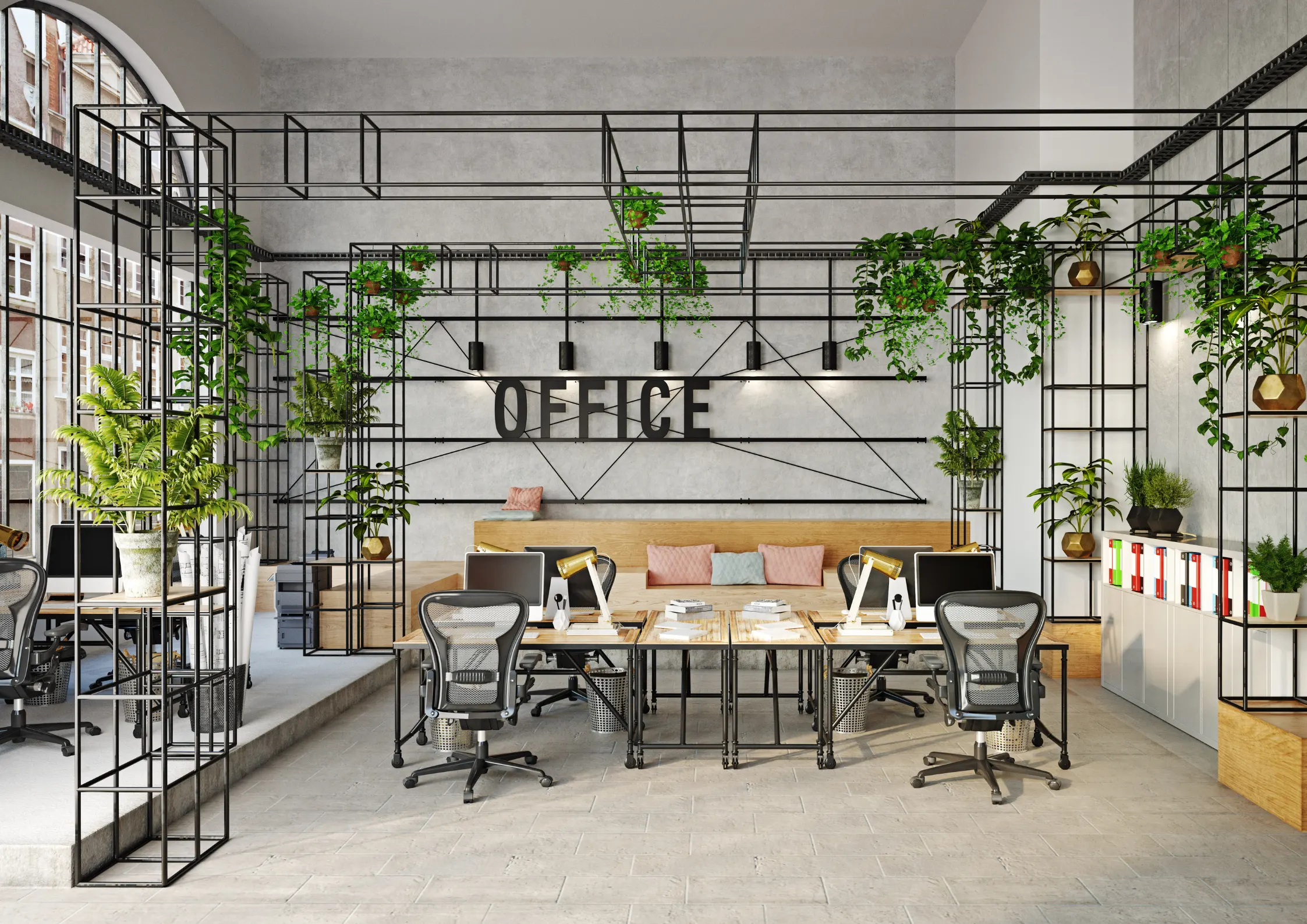Best Plants for Small Space Gardening: Home and Office
With the growing popularity of urban living and the rise in home offices, many people are finding creative ways to incorporate greenery into small spaces. Plants not only enhance aesthetic appeal but also improve air quality and boost mental well-being. If you’re looking to add a touch of nature to your compact home or office space, here are some of the best plants to consider. Here are some best indoor plants for small space gardeing for home andd office .
1. Succulents

Varieties: Aloe Vera, Echeveria, Jade Plant
Succulents are ideal for small spaces due to their low maintenance requirements and diverse shapes and sizes. They thrive in bright light and need minimal watering, making them perfect for desks or small shelves. Aloe Vera, in particular, doubles as a medicinal plant, useful for soothing burns and cuts.
Care Tips:
- Water sparingly, allowing soil to dry out between watering.
- Place in bright, indirect sunlight.
- Use well-draining soil to prevent root rot.
2. Snake Plant (Sansevieria)
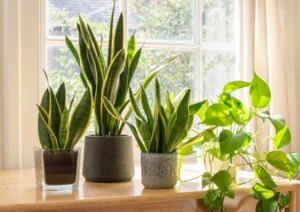
Varieties: Sansevieria trifasciata, Sansevieria cylindrica
Known for its striking, upright leaves and hardy nature, the Snake Plant is a great choice for both home and office settings. It can tolerate low light conditions and infrequent watering, making it a low-maintenance option for busy individuals.
Care Tips:
- Water every 2-3 weeks, letting soil dry out between watering.
- Can thrive in low to bright indirect light.
- Use a pot with drainage holes to prevent water accumulation.
3. Pothos (Epipremnum aureum)
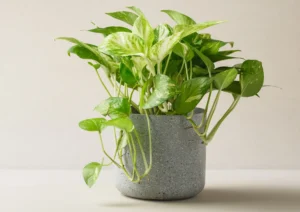
Varieties: Golden Pothos, Marble Queen, Neon Pothos
Pothos is a versatile plant known for its trailing vines, which can be trained to climb or hang from shelves and containers. Its ability to thrive in a range of lighting conditions makes it suitable for almost any space.
Care Tips:
- Water when the top inch of soil feels dry.
- Can tolerate low to medium indirect light.
- Prune regularly to maintain desired shape and size.
4. Spider Plant (Chlorophytum comosum)
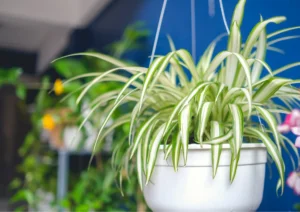
Varieties: Variegated Spider Plant, Bonnie Spider Plant
Spider Plants are popular for their arching leaves and ability to produce offshoots or “pups,” which can be propagated easily. They are excellent air purifiers and thrive in a variety of indoor environments.
Care Tips:
- Keep soil consistently moist but not soggy.
- Prefers bright, indirect light but can adapt to lower light.
- Fertilize monthly during the growing season.
5. ZZ Plant (Zamioculcas zamiifolia)

The ZZ Plant is a tough, drought-resistant plant with glossy, dark green leaves. It’s well-suited for office environments because of its ability to tolerate low light and neglect.
Care Tips:
- Water every 2-3 weeks, allowing soil to dry out completely.
- Can thrive in low to bright indirect light.
- Avoid overwatering to prevent root rot.
6. Herbs
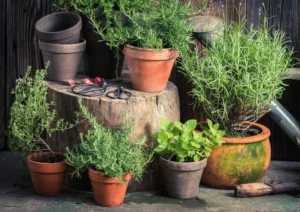
Varieties: Basil, Mint, Rosemary
Growing herbs can be a functional and aesthetic addition to small spaces. They can be grown in small pots on windowsills, providing fresh herbs for cooking and a pleasant aroma for your living or working area. It will be good indoor plant for gardening .
Care Tips:
- Water regularly, keeping the soil consistently moist.
- Place in bright, direct sunlight.
- Harvest regularly to promote new growth.
7. Peace Lily (Spathiphyllum)
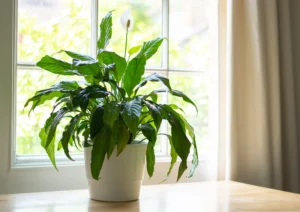
Peace Lilies are known for their elegant white flowers and ability to thrive in low light conditions, making them perfect for indoor settings. They also help purify the air by removing toxins. This will be best indoor plant for gardening so that you can get pure air .
Care Tips:
- Water when the top inch of soil is dry.
- Prefers low to medium indirect light.
- Mist occasionally to maintain humidity.
8. Lucky Bamboo (Dracaena sanderiana)
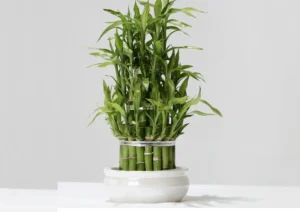
It is an excellent choice for desks and small tables. Lucky Bamboo can be grown in water or soil and is known for bringing good fortune and positive energy. It will be best indoor plant for gardening .
Care Tips:
- Change water every 2-4 weeks if grown hydroponically.
- Keep in indirect light.
- Use distilled or filtered water to avoid fluoride build-up.
Conclusion
Incorporating plants into your home or office doesn’t require a large space. With the right selection, you can enjoy the benefits of greenery in even the smallest of areas. Choose plants that match your lighting conditions and care capabilities, and you’ll create a thriving indoor garden that enhances your space and well-being.


